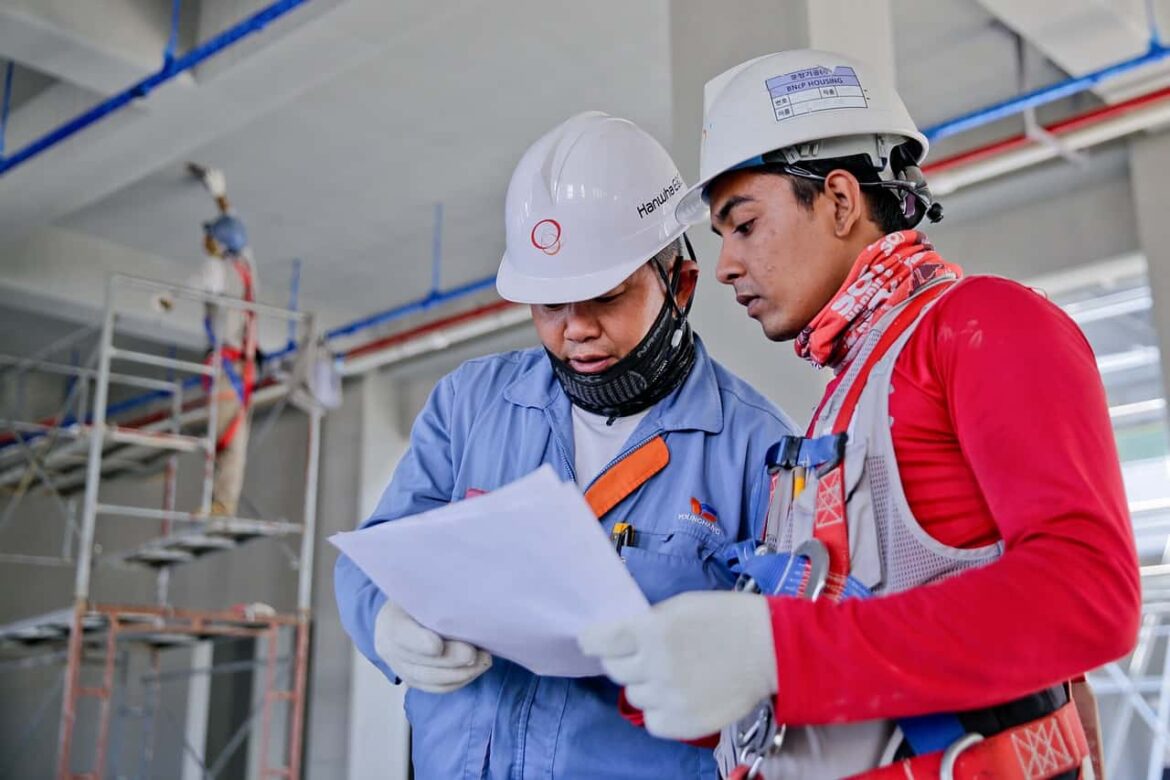Construction cost estimates are easy to make, but developing a schedule can be more challenging. Planning for how long things will take, sequencing them properly, and linking them to their forerunners and successors are all skills you need to succeed in project management.
Knowledge of similar projects’ durations, use of a standard labor calculator, and consultation with subcontractors are all methods for foreseeing how much time will be needed for a given activity or endeavor. We’ll examine these three methods for forecasting the length of a building project, taking into account the impact that external factors like weather and economic conditions can have.
Experience
The most accurate technique to predict how long a task will take is to look at how long it took to accomplish a similar task in the past. Since the information is based on actual actions, it will be more precise than that produced by labor calculators or other estimation techniques.
When making comparisons, you may need to do some math. To illustrate, if your team needs 40 person-hours to build 100 feet of the 5-foot-tall brick wall, you may extrapolate that 50 feet of the same wall will take 20 person-hours to build.
Your estimate’s precision will determine how well you kept track of data from prior initiatives. You can derive a more accurate figure the more meticulously you keep records. Maintaining thorough documentation is beneficial, especially when trying to gauge efficiency.
Standard labor calculators
Standard labor calculators can give you an idea of how long a work will take if you are a new company or lack the necessary knowledge to estimate project duration. Numerous labor calculators can be found online; some come from reputable sources like RSMeans. Many contractors use the data compiled by RSMeans, a firm that collects and publishes statistics on construction costs and times across the United States when making estimates or timetables.
You can use a typical labor calculator to get an idea of how long a project might take. You may find out how long it will take to install 100 feet of 3/4 inch copper plumbing, for instance, or how long it will take to construct a two-story commercial office building. With this data in hand, you can estimate the duration of a project by breaking it down into more manageable chunks.
It’s possible that the time and money estimates generated by generic labor calculators won’t be accurate for the actual project’s location. A more precise estimate might need you to either add or subtract time.
Ask a subcontractor
The subcontractor can estimate the time needed to complete a specific job. Once the subcontractors have been chosen, the general contractor will ask them to submit a timetable for their portion of the work.
Conditions that may affect schedule duration
Several external factors might alter even the most comprehensive project timetable.
Construction industry buzzword of the moment: material delays. The Coronavirus has caused production delays in manufacturing lumber, steel, and other products. The lack of on-hand materials has a snowball effect that slows down the entire project.
Work productivity might be hampered by extreme weather conditions such as heavy rain, cold, or heat, leading to schedule slips. Likewise, bad weather might slow down construction. Work completion could be further delayed if crews need to fix damage caused by bad weather.
When construction workers are in short supply or unavailable, project development suffers. There will be holdups if the contractor doesn’t deliver enough workers to the site. A subcontractor may have to pull workers from yours to deal with delays on another project, which will only worsen matters. It might turn into an endless loop.
To some extent, contractors can prepare for these kinds of setbacks, but many of them are just beyond their control. Because of this, plans are always shifting. Small delays are normally permitted as long as the completion date remains unchanged. On the other hand, issues can arise if the delay impacts the project’s critical path or the sequence of work that must be completed to achieve the deadline. Contractors need to leave as much wiggle room as possible in their schedules to account for delays, as liquidated damages provisions may be included in contracts if the completion date is not met.
Conclusion
To construct a reliable timeline, builders should consult the completed projects of previous jobs that utilized the same workers. But if you are starting your career and don’t have much data, you may still use labor calculators or have subcontractors give their timetables. Before releasing the schedule, have everyone on the project team check it to make sure it makes sense.
Finishing the project on time is a necessary step. There will always be variables beyond the control of the custom home builders central Ohio that delay a building’s completion. Leave some wiggle room in your schedule in case there are any hiccups along the way, such as with the delivery of materials or the availability of workers. This article provides more information about our straightforward construction scheduling software for home builders, remodelers, and contractors is a wonderful place to begin.




